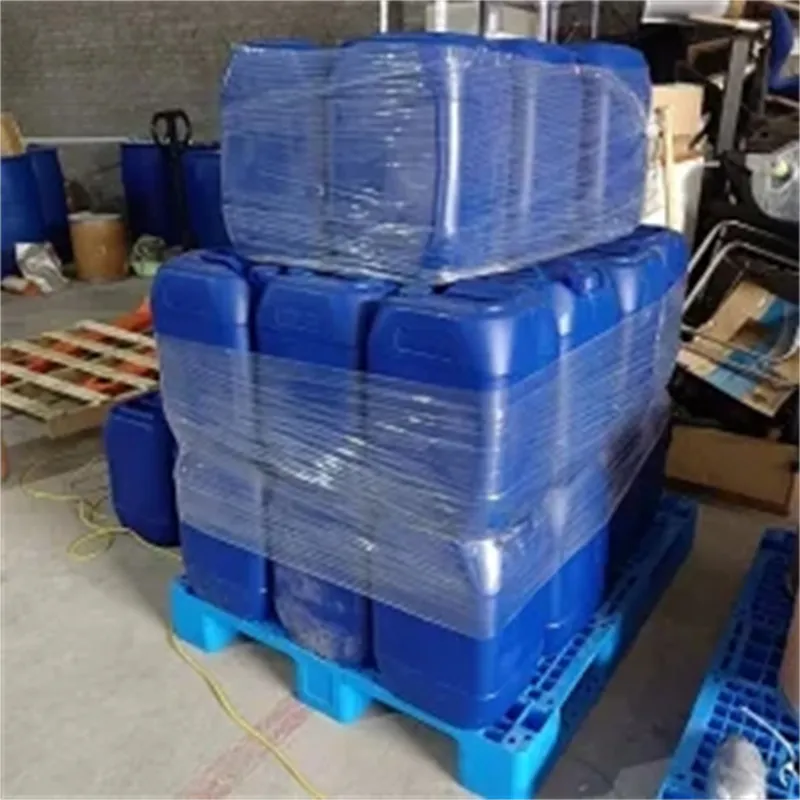
direct and indirect food additives
Understanding Direct and Indirect Food Additives
Food additives are substances added to food to enhance its flavor, appearance, or preservation. They are broadly categorized into two types direct food additives and indirect food additives. This article explores both categories, their functions, and their implications for consumer health and safety.
Direct Food Additives
Direct food additives are those that are intentionally added to food products for a specific purpose. These additives serve various functions, including preservation, flavor enhancement, color improvement, and texture modification. Some common direct additives include
1. Preservatives These substances inhibit microbial growth and prolong shelf life. Examples include sodium benzoate and potassium sorbate, commonly used in beverages, jams, and pickled foods.
2. Color Additives These are used to enhance or restore color in food products. Natural colorants like beet red or turmeric, as well as synthetic colors like Red 40 or Yellow 5, are typical examples. Color additives play a crucial role in making food visually appealing and can influence consumer choices.
3. Flavorings These can be natural or artificial compounds that enhance the taste of food items. For instance, vanillin, a compound derived from vanilla beans, is used in many desserts, while artificial flavoring may mimic fruit flavors in candies.
4. Texturizers Additives like xanthan gum and gelatin modify the texture of food, making them more palatable or stable. These are often found in sauces, dressings, and dairy products.
5. Nutritional Additives Vitamins, minerals, and other nutrients are sometimes added to boost the nutritional value of food. Fortification with vitamin D in milk and iodine in salt are notable examples aimed at preventing nutritional deficiencies.
Indirect Food Additives
direct and indirect food additives

Indirect food additives are not intentionally added to food but may be introduced during processing, packaging, or storage. These additives can come from materials that come into contact with food, and they may migrate into the food itself. Examples include
1. Packaging Materials Chemicals from plastic containers or packaging films, such as bisphenol A (BPA), can leach into food products. Regulatory agencies monitor the safety of these materials to ensure they do not pose health risks.
2. Processing Aids Substances that are used during food processing but are not present in the finished product, such as lubricants or anti-foaming agents, can be considered indirect additives.
3. Environmental Contaminants Pesticides and heavy metals that inadvertently contaminate food during agricultural practices can also fall under this category. Regulatory bodies set limits on acceptable levels to minimize health risks.
Health Implications
Both direct and indirect food additives have been the subject of extensive research and regulatory scrutiny. While additives are generally recognized as safe (GRAS) by food safety authorities, concerns persist regarding potential allergies, sensitivities, and long-term health effects. For example, some individuals may experience adverse reactions to certain color additives or preservatives, leading to public calls for clearer labeling and regulation.
Furthermore, the potential for cumulative effects from exposure to multiple additives in a single diet raises questions about the overall safety of consuming processed foods. This has led to a growing trend towards natural and organic foods, as consumers seek to minimize their exposure to synthetic and potentially harmful additives.
Conclusion
In conclusion, understanding the roles of direct and indirect food additives is crucial for making informed dietary choices. While food additives serve significant functions in food production and preservation, it is essential for consumers to be aware of what they are consuming. Ongoing research and regulation are vital to ensure the safety and effectiveness of these substances. As awareness of food additives continues to grow, consumers are empowered to make choices that align with their health and preferences, prompting food manufacturers to adapt and innovate accordingly.
-
Pure Sodium Dichloroisocyanurate Dihydrate | Powerful DisinfectantNewsAug.29,2025
-
Industrial Chemicals: Quality & Purity for Every IndustryNewsAug.28,2025
-
Nitrile Rubber Honoring Strict Production StandardsNewsAug.22,2025
-
Aspartame Ingredients Honoring Food Safety ValuesNewsAug.22,2025
-
Fertilizer for Balanced Plant NutritionNewsAug.22,2025
-
Cyanide Gold Processing with High Purity AdditivesNewsAug.22,2025
-
Formic Acid in Textile Dyeing ApplicationsNewsAug.22,2025
Hebei Tenger Chemical Technology Co., Ltd. focuses on the chemical industry and is committed to the export service of chemical raw materials.
-

view more DiethanolisopropanolamineIn the ever-growing field of chemical solutions, diethanolisopropanolamine (DEIPA) stands out as a versatile and important compound. Due to its unique chemical structure and properties, DEIPA is of interest to various industries including construction, personal care, and agriculture. -

view more TriisopropanolamineTriisopropanolamine (TIPA) alkanol amine substance, is a kind of alcohol amine compound with amino and alcohol hydroxyl, and because of its molecules contains both amino and hydroxyl. -

view more Tetramethyl Thiuram DisulfideTetramethyl thiuram disulfide, also known as TMTD, is a white to light-yellow powder with a distinct sulfur-like odor. It is soluble in organic solvents such as benzene, acetone, and ethyl acetate, making it highly versatile for use in different formulations. TMTD is known for its excellent vulcanization acceleration properties, which makes it a key ingredient in the production of rubber products. Additionally, it acts as an effective fungicide and bactericide, making it valuable in agricultural applications. Its high purity and stability ensure consistent performance, making it a preferred choice for manufacturers across various industries.





